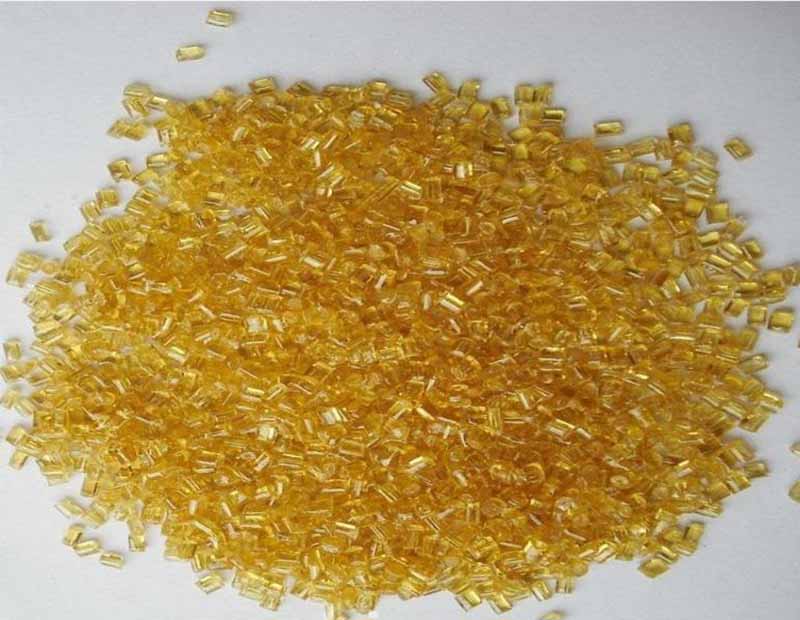PES (Polyethersulfone): Properties, Applications, and Maintenance
Introduction to PES (Polyethersulfone)
Polyethersulfone (PES) is a High-performance thermoplastic polymer belonging to the sulfone polymer family. It is known for its exceptional thermal stability, chemical resistance, and mechanical strength. PES is an amorphous polymer, meaning it lacks a crystalline structure, which contributes to its transparency and dimensional stability. The material is synthesized through polycondensation of dihalodiphenyl sulfone with dihydroxy aromatic compounds, resulting in a polymer with repeating units containing ether and sulfone groups.

Key Characteristics of PES:
High Thermal Stability: PES has a glass transition temperature (Tg) of approximately 225°C (437°F) and can withstand continuous use at temperatures up to 180°C (356°F). Its heat deflection temperature (HDT) under 1.82 MPa load is 203°C (397°F).
Chemical Resistance: PES demonstrates excellent resistance to most acids, alkalis, and hydrocarbons. It can withstand pH ranges from 2 to 13 at elevated temperatures, making it suitable for harsh chemical environments.
Mechanical Properties: The tensile strength of PES ranges from 80-90 MPa, with a flexural modulus of 2.5-2.7 GPa. Its elongation at break is typically 40-80%, indicating good toughness.
Electrical Properties: PES has a dielectric strength of 16 kV/mm and volume resistivity of 1016 Ω·cm, making it an excellent electrical insulator.
Hydrolytic Stability: PES maintains its properties when exposed to hot water or steam, with less than 1% water absorption at 23°C after 24 hours immersion.
Optical Clarity: With a light transmission of 80-90% in the visible spectrum and haze values below 2%, PES offers excellent transparency comparable to polycarbonate.
Applications of PES
The unique combination of properties makes PES suitable for demanding applications across various industries:
Medical and Healthcare
PES is widely used in medical devices due to its biocompatibility (ISO 10993 compliant) and sterilizability (can withstand over 1000 cycles of gamma or steam sterilization). Applications include:
Membrane filters for dialysis (0.1-10 μm pore sizes)
Surgical instrument components
Medical tubing and connectors
Implantable device components
Food Processing and Packaging
PES meets FDA and EU food contact regulations (21 CFR 177.2440), making it ideal for:
Food-grade membranes for ultrafiltration (MWCO 1,000-300,000 Da)
High-temperature food processing equipment
Reusable food containers
Baby bottle components
Water Treatment
PES membranes are extensively used in water purification systems due to their:
High flux rates (typically 20-50 LMH at 1 bar)
Chemical resistance to cleaning agents (pH 1-13)
Long service life (>5 years in RO/UF applications)
Electronics and Electrical
PES serves in electrical applications requiring high-temperature performance:
Printed circuit board substrates (CTE 50 ppm/°C)
Connector housings
Transformer insulation
Aerospace and Automotive
PES components are used in demanding environments:
Aircraft interior components (FAR 25.853 compliant)
Under-hood automotive components
Fuel system components
Maintenance and Care of PES Products
Proper maintenance ensures optimal performance and longevity of PES components:
Cleaning Procedures
For PES membranes and filters:
Use alkaline cleaners (pH 9-11) for organic fouling at 40-50°C
Acid cleaning (pH 2-3) for inorganic scaling with citric or hydrochloric acid
Never exceed 80°C during cleaning to prevent polymer degradation
Maintain crossflow velocity of 1-3 m/s during cleaning
For PES structural components:
Wipe with isopropyl alcohol (70% concentration) for general cleaning
Avoid acetone or chlorinated solvents which may cause stress cracking
Ultrasonic cleaning is effective at 40 kHz frequency
Storage Conditions
Store PES products in original packaging at 15-30°C
Maintain relative humidity below 60%
Protect from UV exposure (use opaque containers if long-term storage)
For membranes, keep wet with 1% sodium bisulfite solution if storing >1 month
Operational Considerations
Gradually ramp temperature when using PES in high-temperature applications (max 5°C/min rate)
Maintain operating pressures below 80% of rated burst pressure
For filtration systems, monitor transmembrane pressure (TMP) and maintain below 3 bar
Implement regular integrity testing (bubble point or diffusion test)
Sterilization Methods
PES can be sterilized using various methods:
Steam sterilization: 121°C for 20 minutes or 134°C for 5 minutes
Gamma radiation: 25-50 kGy dose
Ethylene oxide: Standard hospital sterilization cycles
Autoclaving: Up to 100 cycles at 134°C without significant property changes






